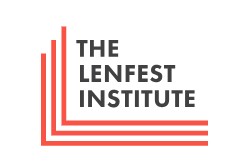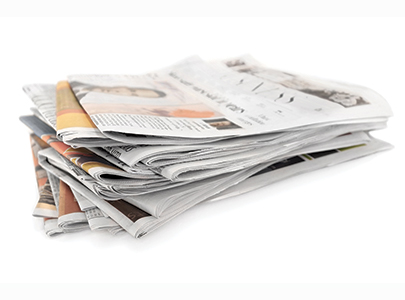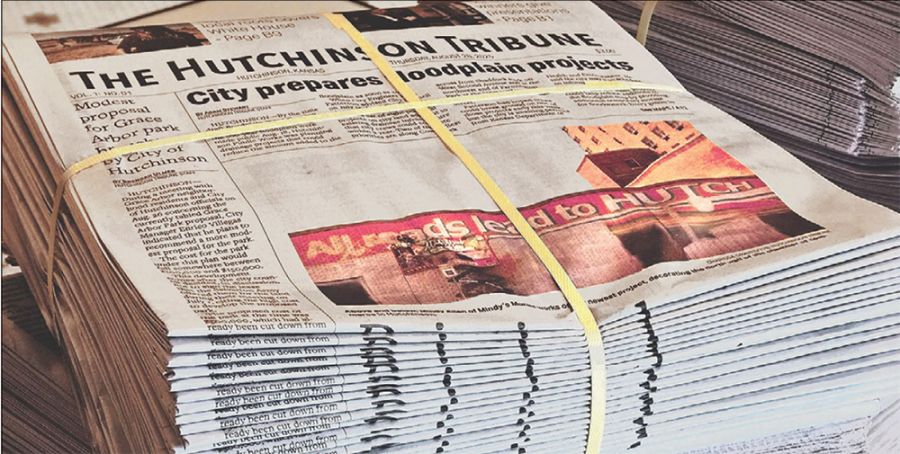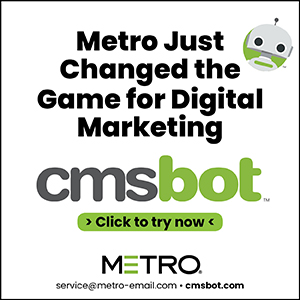How to attract readers and subscribers
Chip Hutcheson
Oct 1, 2024
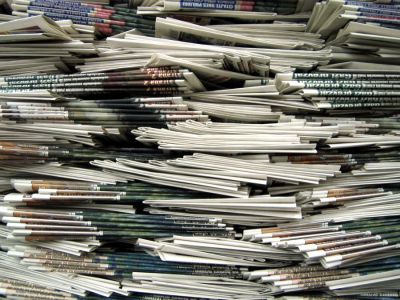
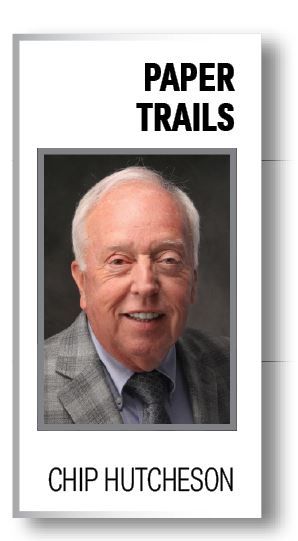
“Gentlemen, this is a football.”
Those five famous words were spoken by legendary Green Bay Packers football coach Vince Lombardi when he welcomed players each year at the beginning of training camp. Holding the football high, he was communicating that the team must always start with the fundamentals.
The same is true with newspapers. And circulation is one of the fundamentals, although in many cases it appears that many newspapers have put this crucial piece to the newspaper’s health on the back burner.
The fact is that circulation doesn’t hold the prominence at most newspapers that it did decades ago. Ads promoting circulation seem to be a rarity these days, often relegated to be just a filler. Even more rare are promotions that offer a discount for someone to subscribe. Prior to the explosion of digital offerings, the majority of newspapers had a circulation director/manager, who was tasked with growing circulation and guarding against any pilfering that might occur by anyone who collected single–copy returns. It’s true in every aspect of life — what you show to be unimportant to you will be unimportant to those who know you.
Why is the white flag of surrender being waved? Consider these possibilities.
• A focus that’s on the digital product rather than the print version. Rising postage costs, coupled with ever-increasing slowdown of USPS delivery, means that the digital product grows in attractiveness. As a result, newspapers aren’t as concerned with circulation numbers as they are readership numbers. The figure thrown around these days is that there are 2.8 readers for every newspaper. Couple that with views of the digital product, and that number escalates. Promoting a story on social media will attract page views, so the readership figure increases.
• Staffing cutbacks in editorial departments lead to less local news, prompting a decline in people wanting to subscribe. Consistency in having a strong news product for every issue is a necessity. At my first job in the 1970s, when a subscription hike was planned, the publisher said in no uncertain terms that he wanted more local stories — better stories — leading up to the announcement. He reasoned that if subscribers saw a better product, they were more likely to renew. And he was right.
• The dramatic changes seen in the newspaper industry in the past decade have not been kind to the printed paper, especially with chain newspapers. Central design centers and jam-packed schedules at central printing plants has resulted in a loss of timeliness. For instance, the largest newspaper in Kentucky has a deadline that resulted in the story on the last governor’s election being printed on Thursday, even though the race was decided on Tuesday evening. I know the counter to that situation is for people to go to the website. However, in the case of some community newspapers, the website is often an afterthought and isn’t updated as quickly as it should be. I can think of a number of community papers where the website’s lead story might be weeks old. That shows readers that the website isn’t a priority for the newspaper.
• I would be remiss to not address a touchy issue, and that is quality. Too many newspapers don’t mentor young reporters; in some cases, there is very little oversight. I see papers use photographs — probably taken with a cell phone — that are weak and far from compelling. Many times, the photographer is way too distant from the subject of the photo. Couple that with poor (or no) cropping, and the problem intensifies. Years ago a reporter knew that the name of the person(s) in the photo had to be identified. Today, you’ll see a photo with no clue who is in the photo.
CONSIDERING THESE FACTORS, ALLOW ME TO OFFER A FEW SUGGESTIONS
• Don’t abandon efforts to attract readers/subscribers. Every issue should contain an ad, at least 1/8 of a page, that includes a coupon that the reader can fill out and subscribe. Consider offering a “buy a year, get a month free” offer.
• Publish a saturation issue once a quarter. NNA has published numerous articles on the advantages of mailing a paper to every address in the county, and Matt Paxton can be a great resource for this effort. The gain in advertising revenue will more than offset the postal costs. Make sure the paper is loaded with interesting stories and photos, and include a compelling subscription ad in the issue. It will pay off.
• Build single–copy sales. Unfortunately, single–copy locations dwindle in many communities. If you increase locations, you’ll sell more copies. When you lose a location, don’t expect to pick those up in other outlets. It just doesn’t happen.
Social media can be a strong tool in this effort. Highlight your top story, and ask people to buy a paper to read all the details. You can also use social media to highlight single–copy outlets.
A publisher friend called to tell a great single–copy success story. Mark Stone of the Central City (Kentucky) Times-Argus said that on the first day of school this year, more than 200 people sent the paper a “first day of school” photo of their child or grandchild. He ran those the next week at no charge, placing 38 photos on a page and selling a 6x2 banner ad at the bottom of each page. While the banner ads were the only revenue for those pages, there was a huge surge in single–copy sales and was a huge PR victory. People want to see their kids and grandkids in the paper, and taking advantage of opportunities to showcase kids will build circulation. Be on the lookout for ways the public can supply photos that will appeal to a large segment of your community.
Be the circulation champion at your newspaper. A little effort and ingenuity can pay handsome rewards in growing interest (and dollars) in your newspaper.
Chip Hutcheson is the retired publisher of The Times Leader in Princeton, Kentucky. He was NNA president in 2015. He currently serves as a content strategist for Kentucky Today, the online news website of the Kentucky Baptist Convention. chiphutcheson@yahoo.com


